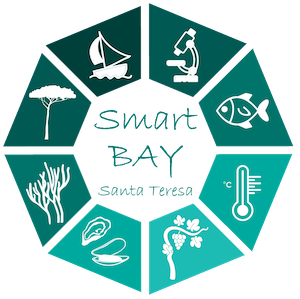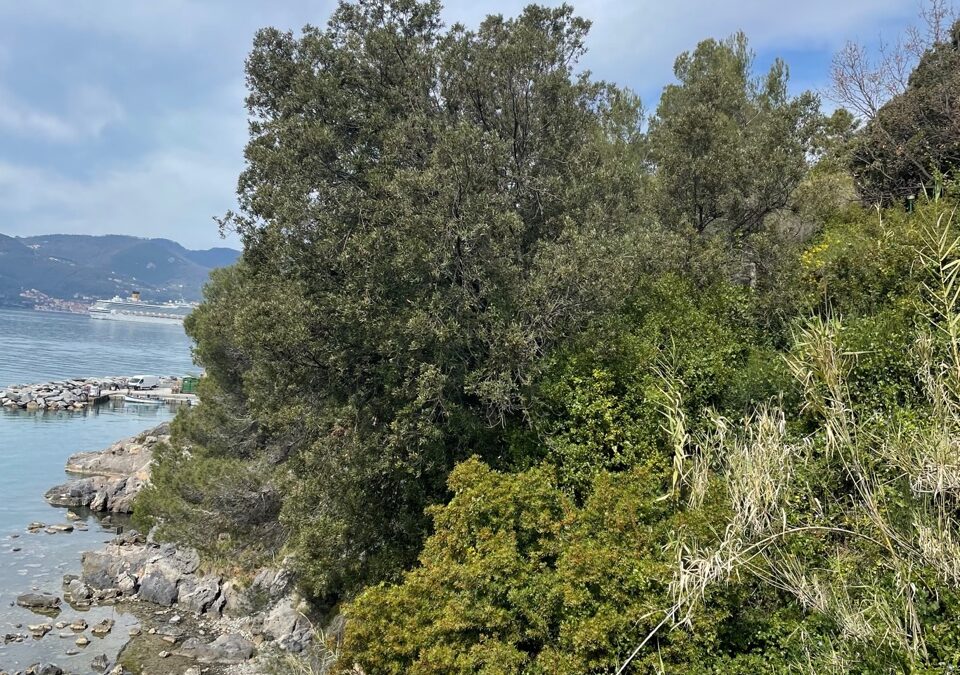Coastal ecosystems, located at the interface between marine an terrestrial ecosystems, include different ecological communities providing a wide variety of services extremely important for humans such as protection from flood and waves, food provisioning, water quality, pCO2 absorption, recreational and cultural services. Terrestrial vegetation is a key component in providing such services, especially those related to regulation and maintenance. Through photosynthetic processes, plants absorb CO2 from the atmosphere by fixing and transforming it into biomass within leaves, branches, trunk and roots, promoting its stock in the ground and thus contributing to climate change mitigation. In urbanized areas, vegetation, especially trees and endemic species characterizing narwal ecosystems, are able to reculate the micro-climate and thus influencing the energetic balance of the buildings. Thus, vegetation contributes to climate change adaptation, GHGs reduction and air quality improvement, thus reinforcing the ecological network of the territory and supporting the biodiversity. Coordinated by ENEA, this project aims to quantify the main services provided by coastal ecosystems of the Santa Teresa bay by using InVEST models- Integrated Valuation of Ecosystem Services and Tradeoffs – in particular the carbon stock in terrestrial vegetation, and providing an ecosystem-based management model to improve the biodiversity of the bay.
Please follow and like us:

